The Little 5: Tanzania’s Smallest Creatures
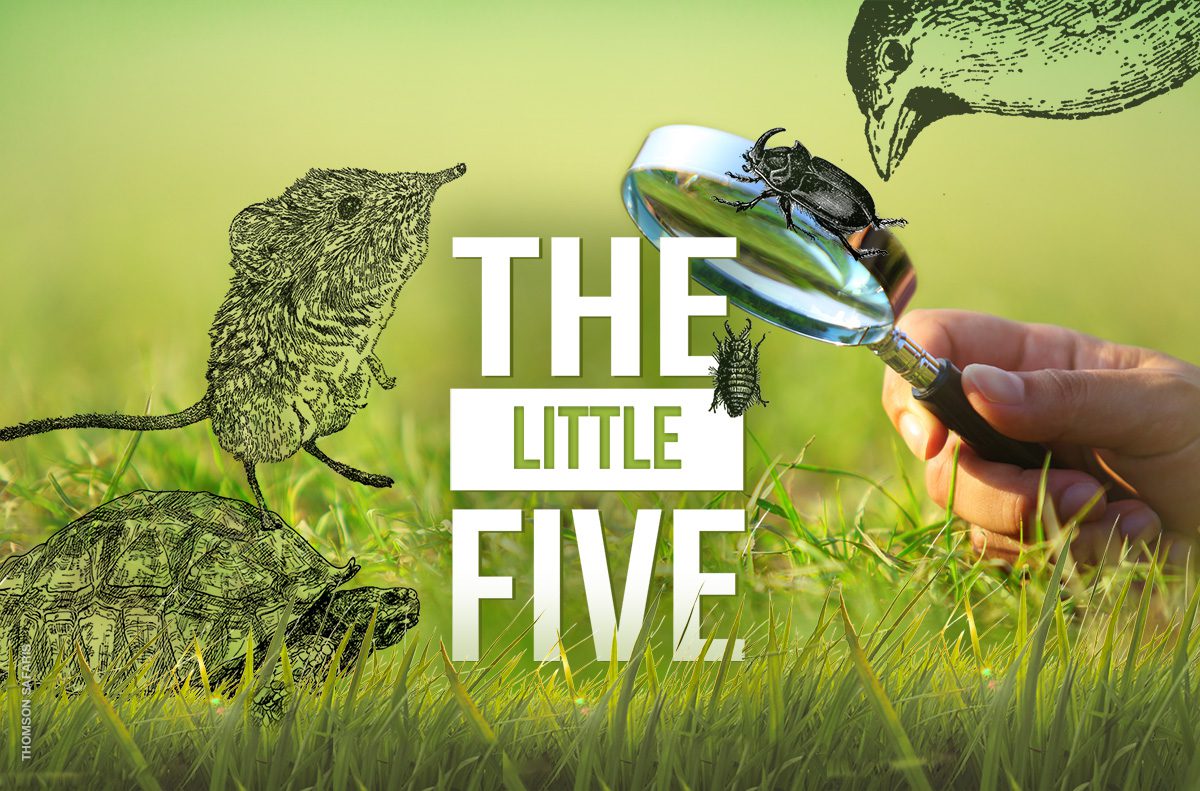
Tanzania’s Big Five get a lot of love on safari. But what about the little guys? Hidden deep in the sands and grasses are some of safari’s smallest (and cutest) critters, with names correlating to their Big Five counterparts.
And with an eagle-eyed Thomson guide, you could even spot a few of them on safari. Here’s the who’s who on this small-star lineup.
1. Elephant Shrew
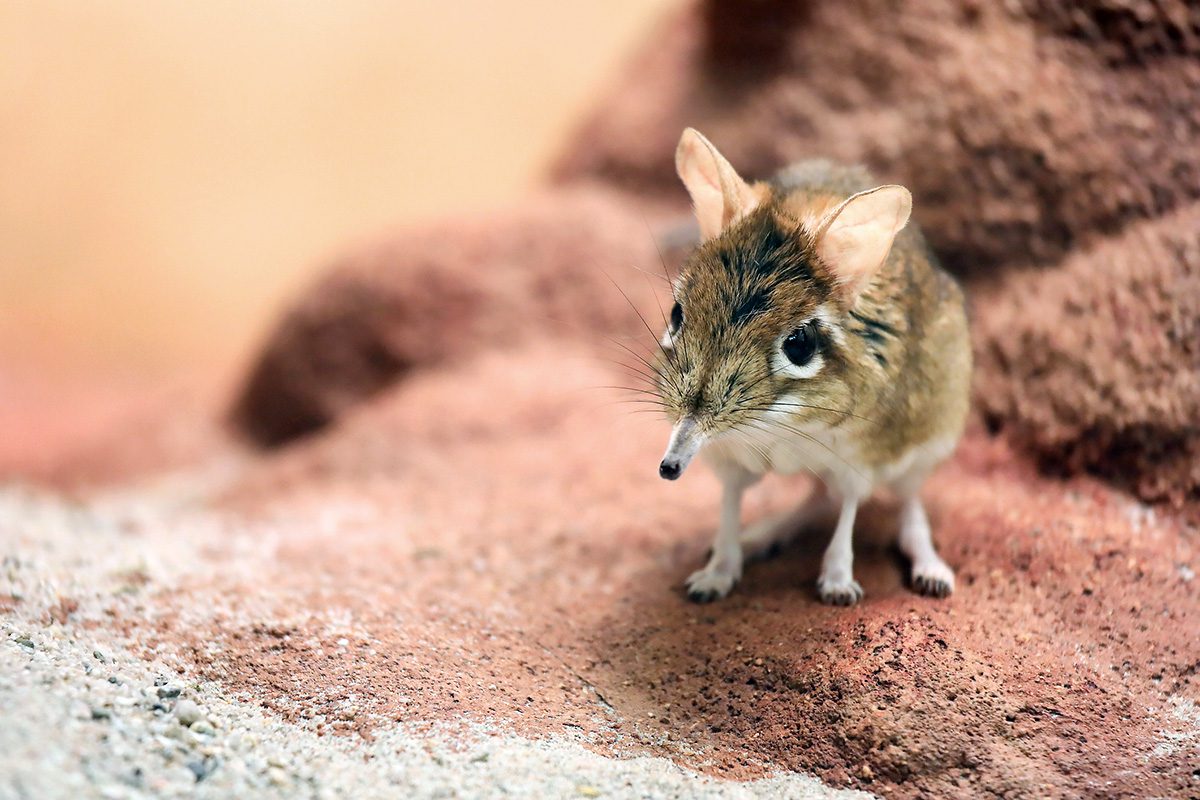
Behold the adorable daredevil of the African savanna–the elephant shrew! These long-nosed, black-eyed mammals might be the cutest of the bunch, spanning at most 1 foot and weighing up to 24 ounces. Add in their elephant-like snouts, and you could say they’re the perfect pint-sized pachyderm.
Over 17 species of elephant shrew are scattered across Africa. They’re insectivores, preferring to dine on beetles, termites and centipedes. Cute as they are, these nimble sengis are hard to spot because they’re incredibly fast, known to scamper at speeds of up to 17.9 miles per hour.
2. Antlion
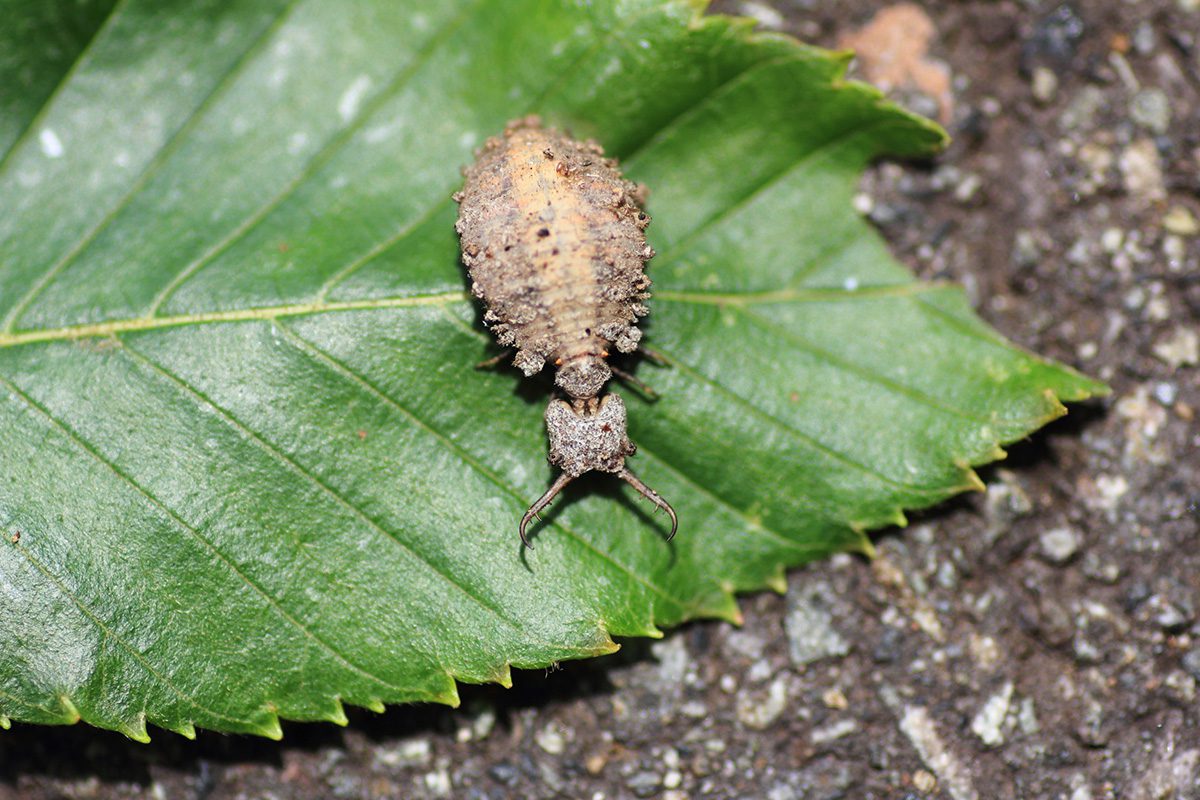
Neither ant nor lion, the antlion isn’t even a mammal–but it hunts with the ferocity of one! Its name derives from the predatory nature of the antlion’s larva, which trap small insects in funnel-shaped pits dug into the ground.
But here’s the twist: antlions bury themselves below their pits with their mouths open. Any insect that dares venture over the edge slips to the bottom, where the antlion’s sickle-like jaws snaps it up, drag the victim underground, suck up its nutrients, then spit the empty skin beyond the pit’s edge.
A horrific end for the poor insect; another day in the life of an antlion larva!
3. Leopard Tortoise
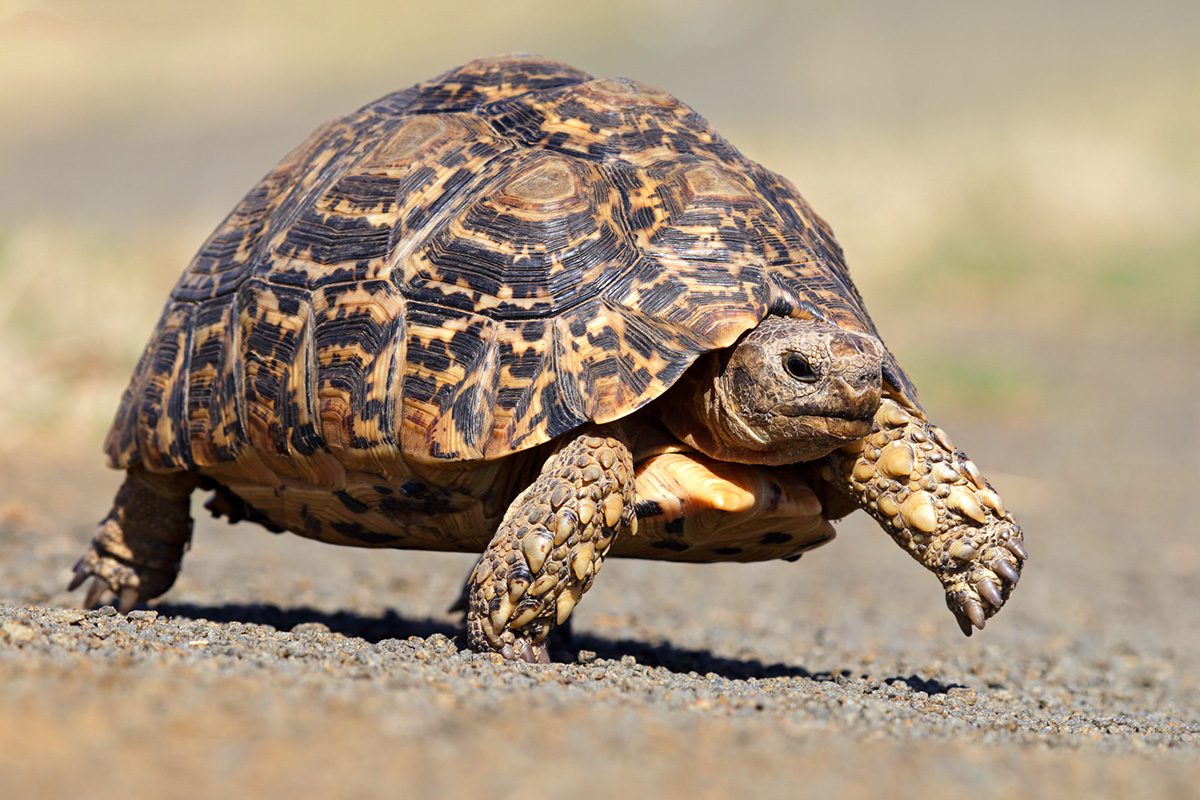
Leopard tortoises are the biggest of the Little Five, reaching up to 16 inches long and weighing 29 pounds. They sport a high-domed shell with steep, almost vertical sides, and live almost everywhere: they love the Tanzanian thorn-scrub as much as they love brushlands and riverine hills.
Their shell patterns are dazzlingly leopard-like: black splotches, spots, dashes and stripes layer on top of a golden background. They clearly stole the leopard’s look–did they get the agility, too?
Nope. Not even close: at maximum sprint, leopard tortoises can maneuver at 0.6 miles per hour–a far cry from the leopard’s very agile 36 mph.
4. Buffalo Weaver
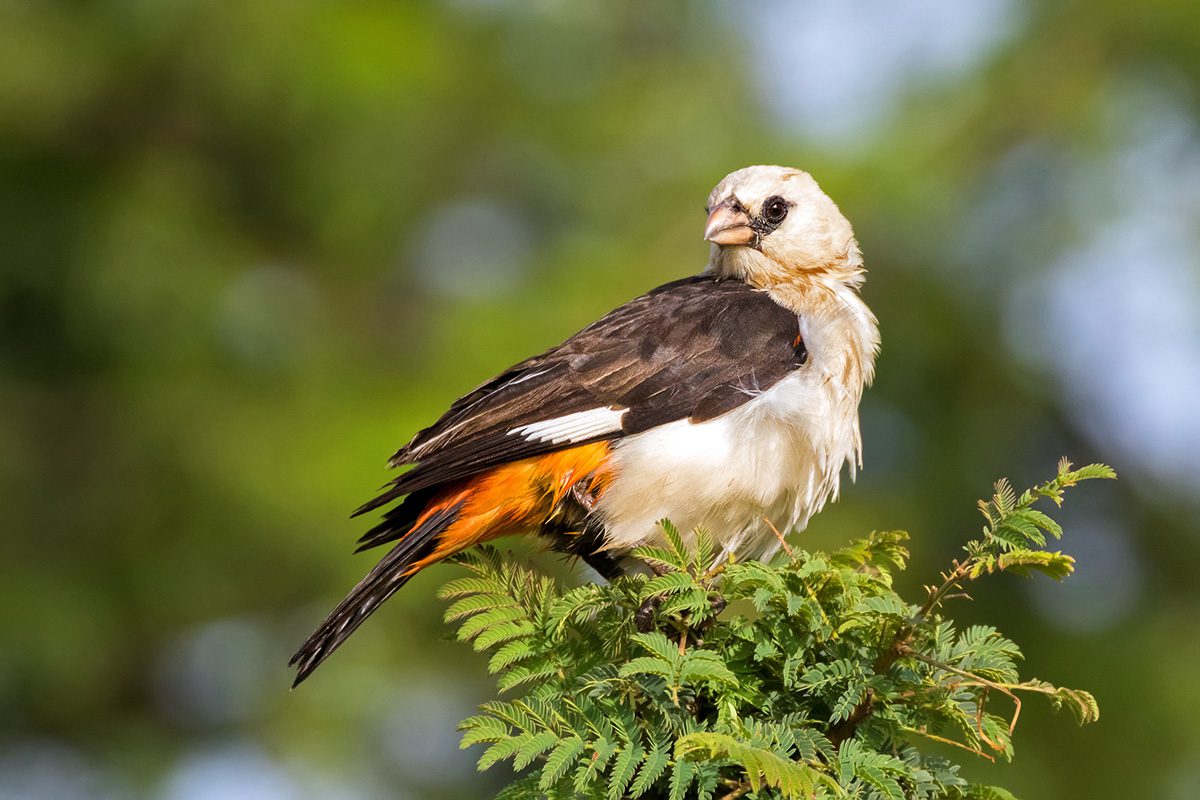
The buffalo weavers of East Africa are stout-bodied, heavy-billed birds spanning 8-10 inches long and weighing 2-3 ounces. On safari, you’re most likely to see the white-headed buffalo weaver, though other species are also present.
Buffalo weavers live in dry regions, foraging omnivorously in small noisy flocks, often in the wake of grazing buffalo herds. Their nests are heaps of thorny twigs, containing compartments for several pairs–an avian duplex, if you will.
5. Rhinoceros beetle
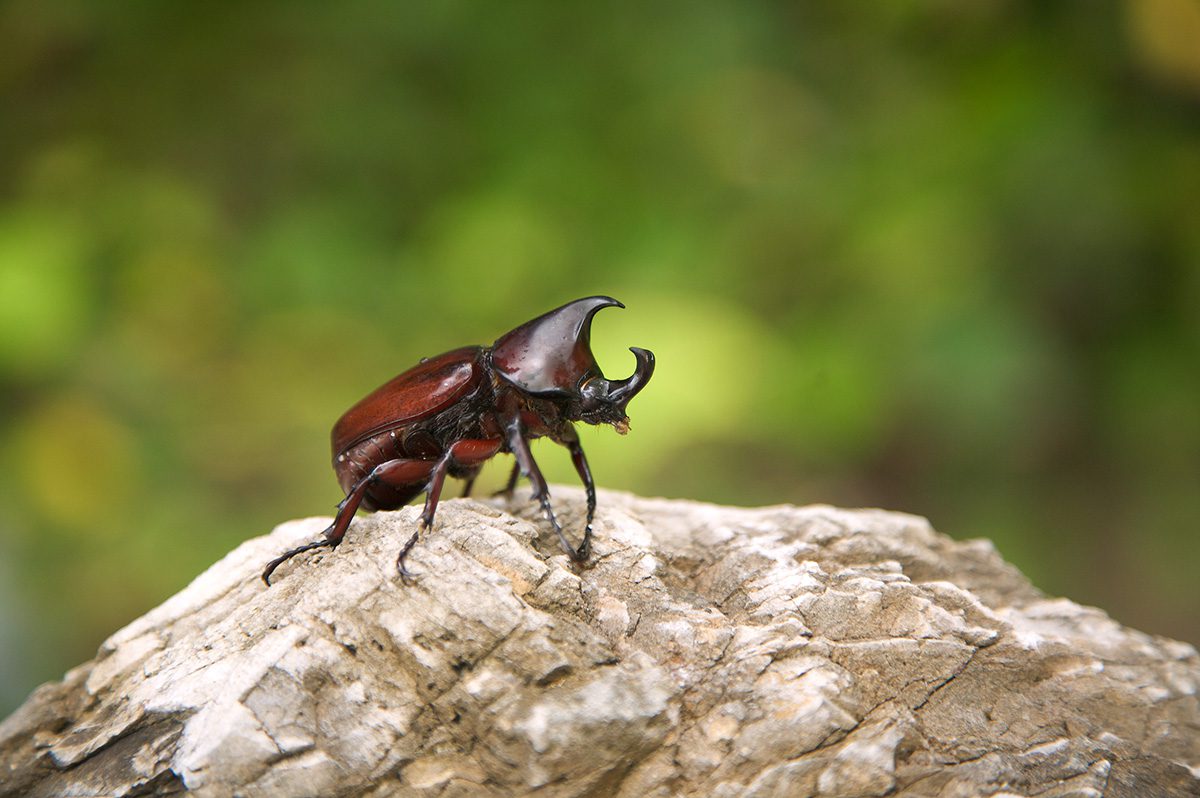
Pound for pound, rhino beetles are some of the strongest creatures on the planet, capable of carrying 850 times their own weight on their backs (the equivalent of a human lugging 10 fully grown elephants!). It’s no surprise they’re also known as Hercules or Atlas beetles.
Males use their rhino-like horns and extreme strength to (surprise surprise) pick fights with other males, usually over a female beetle.
Ready to think big? Learn more about the Big Five with us.

